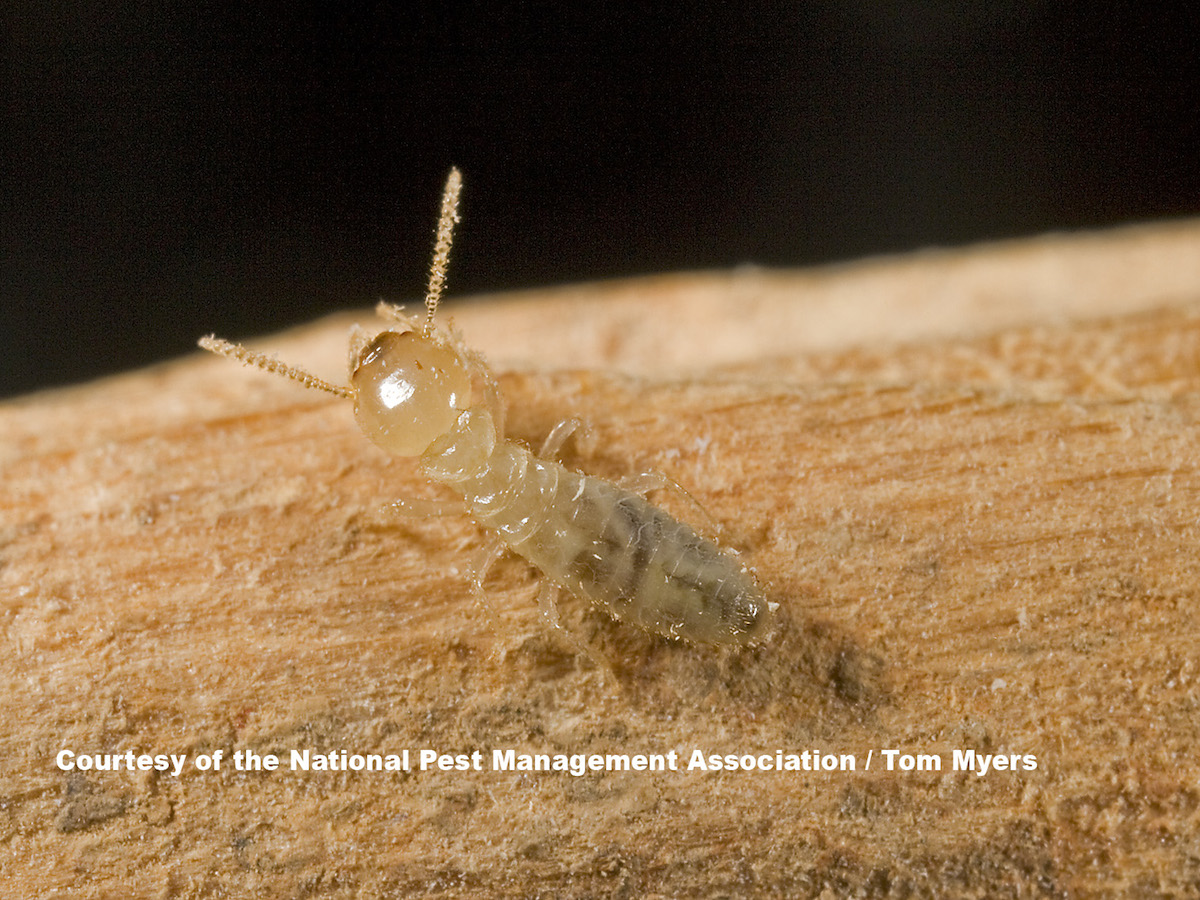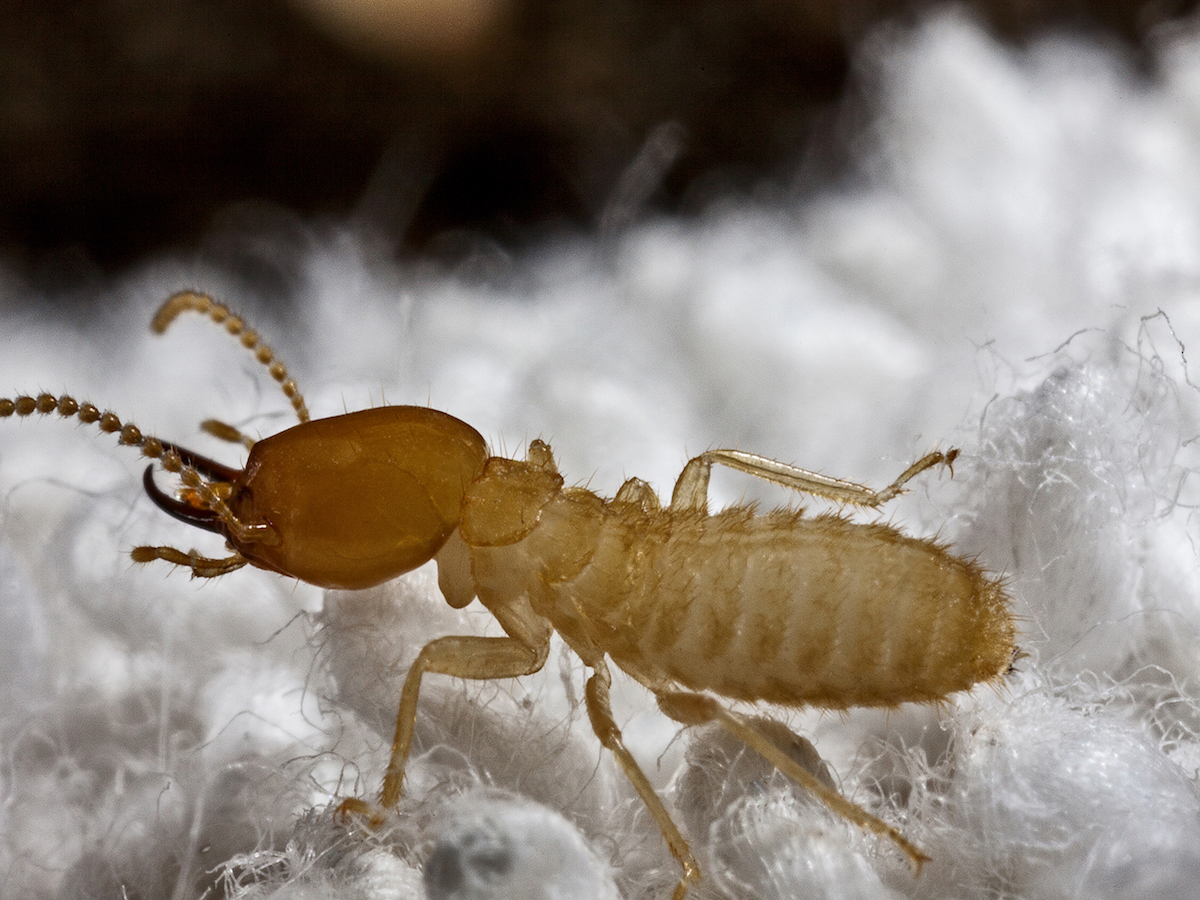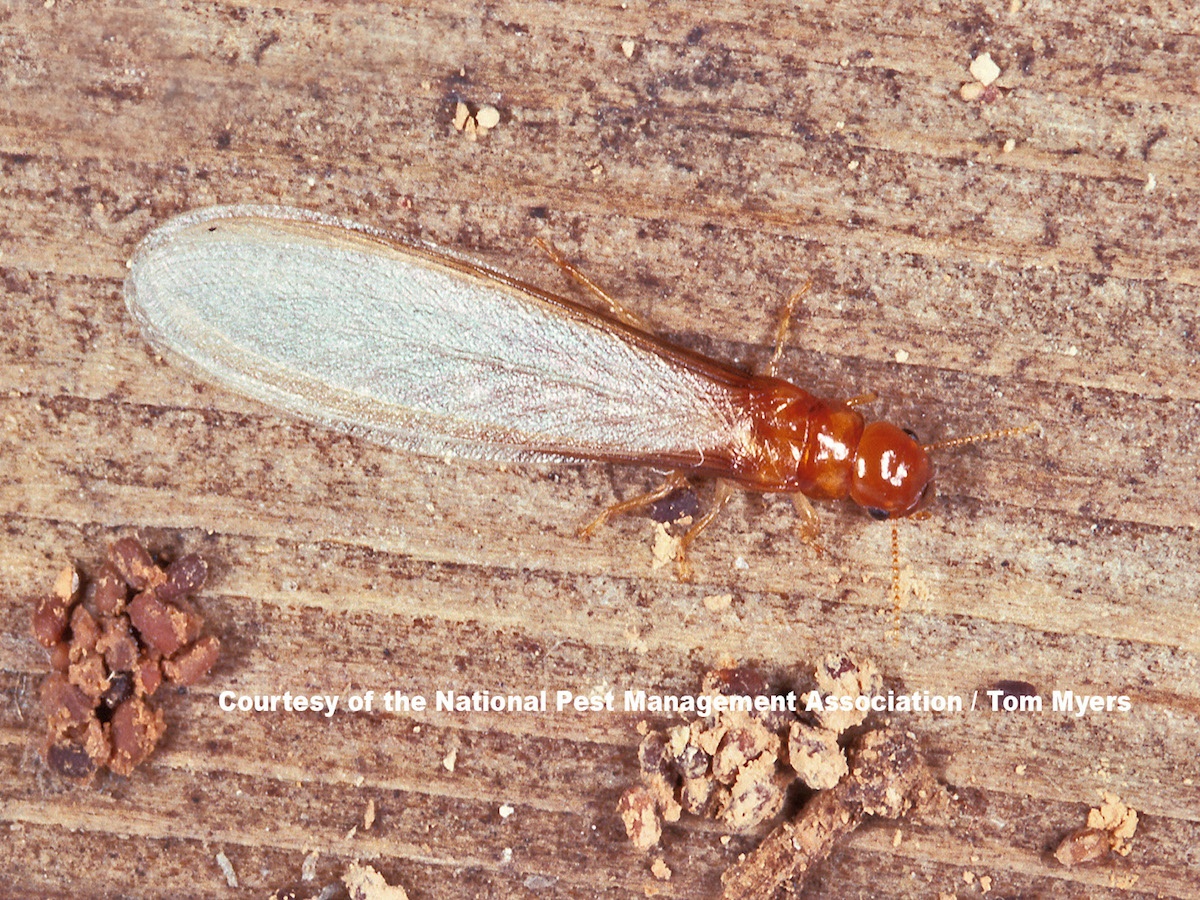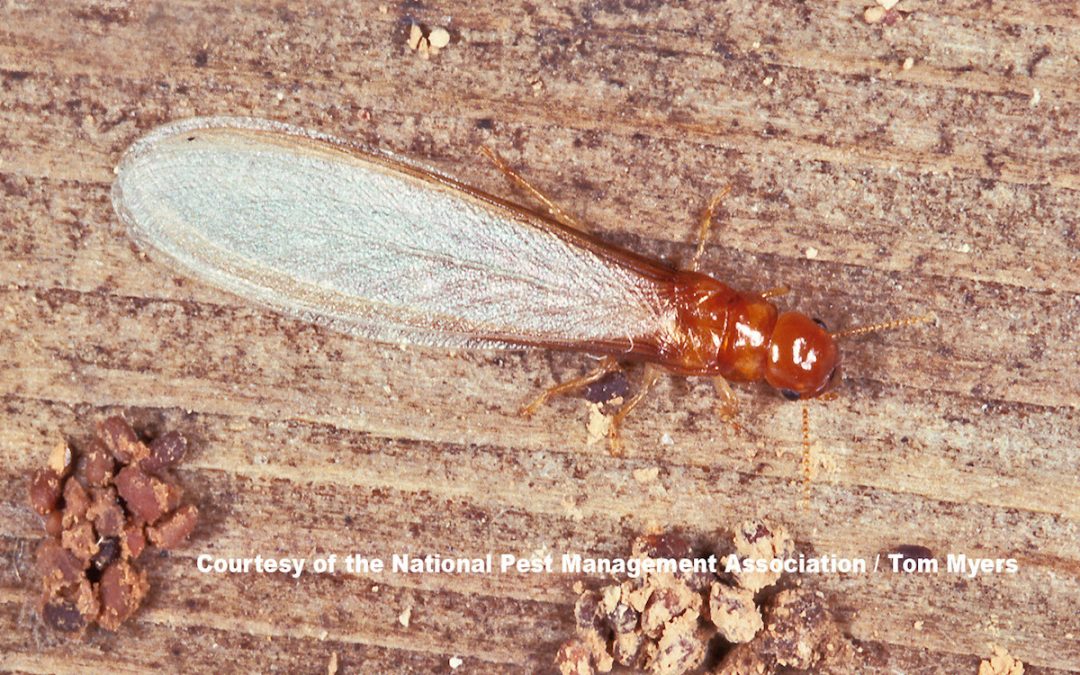During spring and summer homeowners might be planning some exciting home improvement projects, from major renovations to DIY fixes large and small. One of the more important aspects of home maintenance is proper termite prevention to help ensure the home remains a masterpiece more so than a money pit. Termites in particular pose a major threat, causing more than $5-8 billion in property damage each year – costs that are typically not covered by homeowners’ insurance policies.
Depending on the species, termite colonies can consist of millions of members, all of which may be hidden out of sight either tunneling underground or inside a household’s wooden structure. Various types of termites can be found across the country. Regions with warmer and wetter climates typically experience greater termite pressure and are therefore at an increased risk for structural termite damage. Regardless of your location, homes of every size and model throughout the country are at risk for termite damage, and property owners need to take necessary precautions to protect their homes and their wallets.
Here are the major types of termites or termite species that could cause homeowners trouble this year. Don’t forget to schedule your free termite inspection below today.

The group of termites known collectively as subterranean termites includes some of the most destructive termite species. They prefer to nest and forage in moist soil as well as wood that is in contact with soil, hence their name. These termites build distinctive tube-like shelters, often referred to as “mud tubes,” that extend from the soil to a wood source. They eat wood 24 hours a day, seven days a week, using their saw-toothed jaws to bite off small fragments of wood one piece at a time. Over time, this feeding behavior can degrade the structural integrity of a building, potentially causing a total collapse and failure. Subterranean termite damage threatens homeowners across the country, as they’re found in every state in the U.S.

Formosan Subterranean Termite:
Of all the subterranean termite species in the U.S., the Formosan subterranean termite has the potential to be the most destructive because it can generate much larger colonies than most other species. Their huge underground colonies can number into the millions, typically invading structures from the ground up. In a single day, a Formosan termite queen can produce more than 1,000 eggs, rapidly growing a colony. In addition to structures, they’ve also been known to infest trees, utility poles and even boats. Aside from wood, they can chew through telephone coverings and electric cable insulation, causing costly damage and power outages. This species is mostly found in southeastern U.S. states including Alabama, Florida and Louisiana, but is also established in Hawaii and California.
Drywood termites typically inhabit undecayed wood and do not require contact with soil to survive like subterranean termites. Therefore, they can make themselves at home in wood furniture or framing once inside. Although less aggressive than other species, they can be transported to new locations via an infested piece of furniture or a picture frame, capable of causing expensive repairs wherever they end up. Drywood termites are most commonly found along southern coastal states, ranging from South Carolina to the west coast of California. Additionally, localized infestations can occur in other parts of the U.S. when infested furniture or other items are unknowingly transported.
Termites can eat a home out from under its owners, usually without them even knowing until the damage has been done. In order to prevent an infestation and costly termite damage, Arrow Termite and Pest Control has a number of tips to follow below to help prevent an infestation. Termites cannot be controlled with DIY measures and can result in a large infestation and costly, structural damage if not handled with the help of a pest control professional, also known as an exterminator.


Local & Family Owned Since 1958

Board Certified Entomologist

Free Inspections & Estimates

Professional & Friendly Team

Fully Trained, Licensed Staff

Affordable & Competitive Pricing
Free Termite Inspection!
Keep all dirt 2 to 3 inches below the first brick
It is important that we are able to see 2 to 3 inches of the concrete foundation around the exterior of the entire home to visually inspect the slab properly for termites. For best results do not place dirt or landscaping within 6 inches of the exterior foundation so the chemical barrier is not broken or disturbed keeping termites from finding a pathway to your home or office.
Keep all ivy and plants from growing next to or onto the exterior foundation
Ivy prohibits us from rendering an effective inspection. Ivy also commonly causes a moisture problem and creates a direct path for termites to infest a structure.
Avoid stacking firewood or other wood type materials within 25 feet of a home unless it is stacked on a metal base
It is important not to create a bridge for termites with wood touching the ground near the exterior of your house.
Avoid using mulch for landscaping near the exterior of the home
Mulch can create an entry way for termites to infest your home. All mulch needs to be 6-12 inches from the foundation. Pine straw and rocks are good alternatives to hardwood mulches.
Inspect the outside of home for moisture problems
An area that commonly rots and acts as harborage for termites is masonite siding. The bottom 3 to 4 boards of masonite usually rot within 3 years of installation. It is not uncommon for wooden windows and doors to show signs of moisture within 4 to 5 years of installation, especially when a house has small eaves that provide little protection from direct rain. Caulk around all windows, particularly wooden windows and doors to prevent moisture. Water that drains adjacent to a structure will wick into the wall areas through bricks, mortar joints and weep holes.
Keep surrounding dirt around your home moisture free
Rain and sprinkler water should drain away from the home. Remove or redirect sprinkler systems that wet within 8-12 inches of a structure. Gutters and downspouts should be maintained to prevent leaks and proper drainage. Water from rain and sprinkler systems will keep the dirt moist. The moisture that has wicked inside the structure from the dirt above grade can allow termites to live without ground contact.
Maintain the barrier protecting your home
Pressure washing your home with sodium hypochlorite (bleach) can deactivate the termiticide. Digging or re-landscaping within 8 inches of your home can break the chemical barrier allowing termites an avenue to your home. It is important to contact Arrow’s office for a retreatment to keep your home protected. Every 5 years, a complete ground barrier treatment should be applied to be effective. Termite renewals should be completed when due.
If you are under a current termite policy, these tips provided are part of the homeowner’s responsibility to limit infestations and to upkeep your home, so Arrow Termite and Pest Control can inspect and treat it properly at all times.

